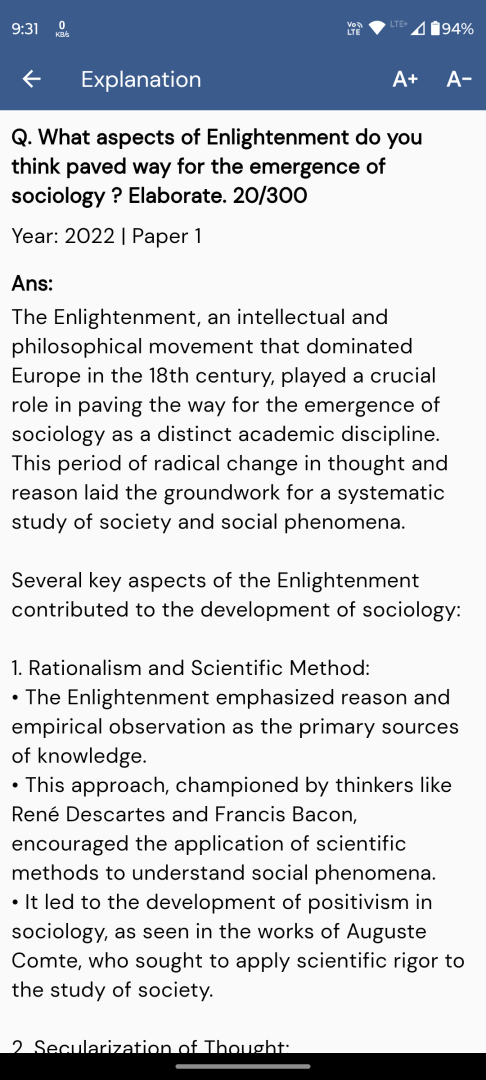Q. ‘The transfer of land from cultivating to the non-cultivating owners is bringing about transformation in Indian society.’ Justify your answer by giving suitable illustrations.
UPSC Sociology 2025 Paper 2
Model Answer:
The transfer of land from cultivating to non-cultivating owners represents a fundamental process of de-peasantization that is restructuring India’s socio-economic fabric and accelerating societal transformation.
Transformation in Agrarian Class Structure
Daniel Thorner’s framework illustrates this shift clearly:
• The ‘Kisan’ (owner-cultivator) class is shrinking as farmers lose land to moneylenders, corporations, and urban investors
• Former landowners become ‘Mazdur’ (landless agricultural laborers), marking their proletarianization
• New absentee landlords emerge with purely commercial interests, exemplified by developers acquiring agricultural land around Delhi-NCR for speculation
Socio-Economic Consequences
This ownership shift triggers cascading changes:
• Distress migration intensifies as landless farmers seek non-agricultural work, creating what Jan Breman calls “footloose labour” in urban informal sectors
• Contract farming emerges in Punjab and Maharashtra, transforming independent producers into dependent workers for corporations
• Rural inequality widens as wealth concentrates among non-cultivating owners while former cultivators face poverty
Political Mobilization
Land transfers have sparked new forms of resistance:
• Movements in Singur and Nandigram against forced acquisition for SEZs demonstrate shifting rural politics from traditional patronage to resource-based conflicts
• These struggles represent broader contestation over development models
Conclusion: The transfer from cultivators to non-cultivators fundamentally restructures India’s class hierarchy, fuels migration patterns, and creates new arenas of socio-political conflict, thereby transforming the very nature of Indian society.





